Cologne, a city steeped in history, is inextricably linked to the art of brewing and the famous Kölsch beer. Cologne’s brewing heritage has influenced its culture and character, from early Roman influences to its present-day significance. In this blog article, we go back in time to learn about the origins of brewing in Cologne, its brewing legacy, the creation of Kölsch beer, and the city’s inextricable connection with Kölsch beer.

The Reinheitsgebot, or Purity Law, enacted in 1516, stated that beer could only be made using water, malted barley, hops, and later recognized yeast. Its goal was to protect bread production while still ensuring beer quality. Kölsch beer, a traditional Cologne style, follows the rules by utilizing only these ingredients. Though no longer legally obligatory, the Reinheitsgebot continues to influence German brewing, notably in Cologne, where it is proudly kept. This link emphasizes the company’s dedication to maintaining its brewing heritage and producing authentic Kölsch with distinct characteristics. Kölsch beer represents quality and craftsmanship, exemplifying Cologne’s long brewing traditions.
Cologne was created and formed as the Roman Colonia in Germanic Ubii land in the first century CE. Under Roman rule, the city gradually took shape and was named Colonia Claudia Ara Agrippinensium. Cologne thrived as a center of trade and government as a major Roman colony along the Rhine River, laying the foundations for its future importance. Among other things, the Romans brought brewing, and Cologne quickly welcomed this new drink. In the beginning, beer was mostly produced for local consumption, where it was produced by households themselves.
Cologne has been producing beer since Roman times, around the 1st century AD.
Brewing became popular in Cologne during the Middle Ages, as guilds arose to control the expanding business. These guilds protected brewing traditions while still ensuring fair competition. The breweries became woven into the fabric of the city, producing a sense of community and friendship.
During the Middle Ages and the early modern period, Cologne brewers had a secure income. Because the brewer’s guild was careful not to settle too many brewers in Cologne. The number of breweries in Cologne remained constant for almost 300 years with about 80 breweries.
The term Kölsch was initially used in 1918 to designate a beer manufactured by the Sünner brewery since 1906, which evolved from the comparable but cloudier variety Wieß (white) in the Kölsch. Cologne had more than forty breweries at the outset of World War II, but only two remained by the end of the conflict.
Many of the breweries were able to re-establish themselves by 1946. In the 1940s and 1950s, Kölsch could not compete with bottom-fermented beer in sales, but in the 1960s, the style began to gain appeal in the Cologne beer market. Cologne’s beer production increased from 500,000 hectolitres in 1960 to 3.7 million hl in 1980. Price rises and shifting drinking habits created financial trouble for many traditional corner pubs (Kölschkneipen) and smaller brewers in the twenty-first century, and output had fallen to 2.4 million hectolitres by 2005.
In 1986, 24 brewers from Cologne and its surrounding areas signed the Kölsch Konvention, which established the brewing process that had to be used and limited the use of Kölsch to breweries in Cologne and outside the city that had already acquired a valuable asset in the designation Kölsch before the Convention went into effect.
Cologne is home to about 20 breweries dedicated to creating real Kölsch beer. Renowned figures like Früh, Gaffel, Reissdorf, and Sünner each give their own interpretations of this popular style. Each brewery respects the heritage while introducing slight differences, allowing beer fans to sample the various interpretations of Kölsch.
The alcohol percentage of Kölsch beer normally ranges from 4.8% to 5.5%. Depending on the brewery and the brewing procedure employed, the particular alcohol content may vary slightly. Most Kölsch beers, on the other hand, fall within this range, with a light to moderate alcohol concentration.
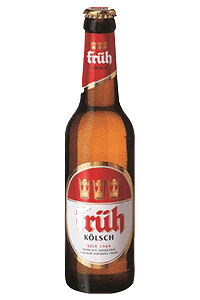
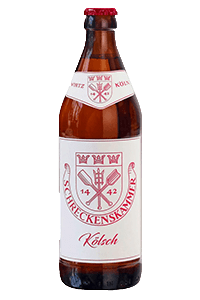


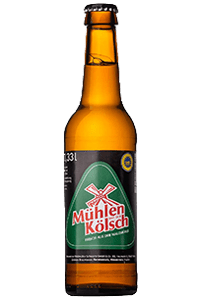
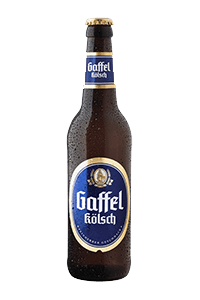
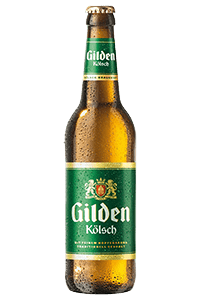
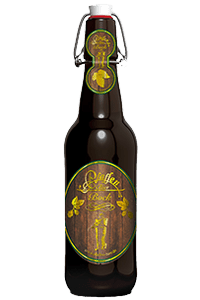
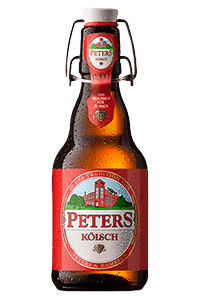
The primary difference between Kölsch and Pils is in fermenting methods of yeast. Kölsch is made with top-fermenting ale yeast, whereas Pils is made with bottom-fermenting lager yeast. This difference in yeast leads to each beer style’s different taste profiles and attributes.
Top-fermenting ale yeast produces fruity and estery tastes by fermenting at higher temperatures. During the fermentation process, it climbs to the top of the fermentation jar. Bottom-fermenting lager yeast ferments at lower temperatures, producing a clear and crisp flavor. It eventually sinks to the bottom of the fermenting jar.
Visitors and residents alike should immerse themselves in Cologne’s beer culture. Traditional Brauhauses, with their inviting atmosphere, provide a real Kölsch experience. Köbes, or servers, skilfully traverse the cramped rooms, offering Kölsch in miniature cylindrical glasses known as “Stangen.” The friendly setting, combined with the refreshing taste of Kölsch, generates a sense of camaraderie and celebration.

Founded in 1830, is Cologne’s oldest operational Kölsch brewery. Sünner has a long history and is recognized for its traditional brewing processes and dedication to creating high-quality Kölsch beer. It is an important part of Cologne’s brewing history and is a recognized and famous brewery in the city.
On November 25, 1997, the European Union added Kölsch to the list of protected regional specialties. This protection is applicable in all EU member states. This made Kölsch (together with Rieser wheat beer from the Nördlinger Ries) the first alcoholic beverage with a guarantee of content, manufacturing, and origin. If Kölsch is manufactured by brewers outside of the EU’s Kölsch norm, the drink is given a new name.

Kölsch beer is a cultural icon that reflects Cologne’s deep connection to its brewing past. The beer’s short shelf life highlights the importance of freshness and quality, encouraging you to enjoy this one-of-a-kind brew when it’s at its peak. Kölsch has come to represent the city’s identity, and it is honored during festivals, social events, and ordinary moments of friendship.

Cologne’s rich history is connected with the art of brewing and the tradition of Kölsch. The city’s architectural wonders, such as the stately Cologne Cathedral, are testaments to its illustrious past. Today, Cologne’s dynamic cultural scene, friendly inhabitants, and cherished traditions create an environment in which beer fans, history buffs, and curious travelers can immerse themselves in the ageless heritage of Kölsch and the enthralling city that gave birth to it.


This pub and a museum in one is located in the heart of Cologne’s old town and is a beer lover’s dream. While it is not a traditional museum, it does have an astonishing collection of about fifty beer brands, with more than half accessible on tap. It’s a fun and educational event for beer lovers and curious travelers alike.
Kölsch beer is a cultural icon that reflects Cologne’s deep connection to its brewing past. The beer’s short shelf life highlights the importance of freshness and quality, encouraging you to enjoy this one-of-a-kind brew when it’s at its peak. Kölsch has come to represent the city’s identity, and it is honored during festivals, social events, and ordinary moments of friendship.
| Cookie | Duration | Description |
|---|---|---|
| cookielawinfo-checkbox-analytics | 11 months | This cookie is set by GDPR Cookie Consent plugin. The cookie is used to store the user consent for the cookies in the category "Analytics". |
| cookielawinfo-checkbox-functional | 11 months | The cookie is set by GDPR cookie consent to record the user consent for the cookies in the category "Functional". |
| cookielawinfo-checkbox-necessary | 11 months | This cookie is set by GDPR Cookie Consent plugin. The cookies is used to store the user consent for the cookies in the category "Necessary". |
| cookielawinfo-checkbox-others | 11 months | This cookie is set by GDPR Cookie Consent plugin. The cookie is used to store the user consent for the cookies in the category "Other. |
| cookielawinfo-checkbox-performance | 11 months | This cookie is set by GDPR Cookie Consent plugin. The cookie is used to store the user consent for the cookies in the category "Performance". |
| viewed_cookie_policy | 11 months | The cookie is set by the GDPR Cookie Consent plugin and is used to store whether or not user has consented to the use of cookies. It does not store any personal data. |